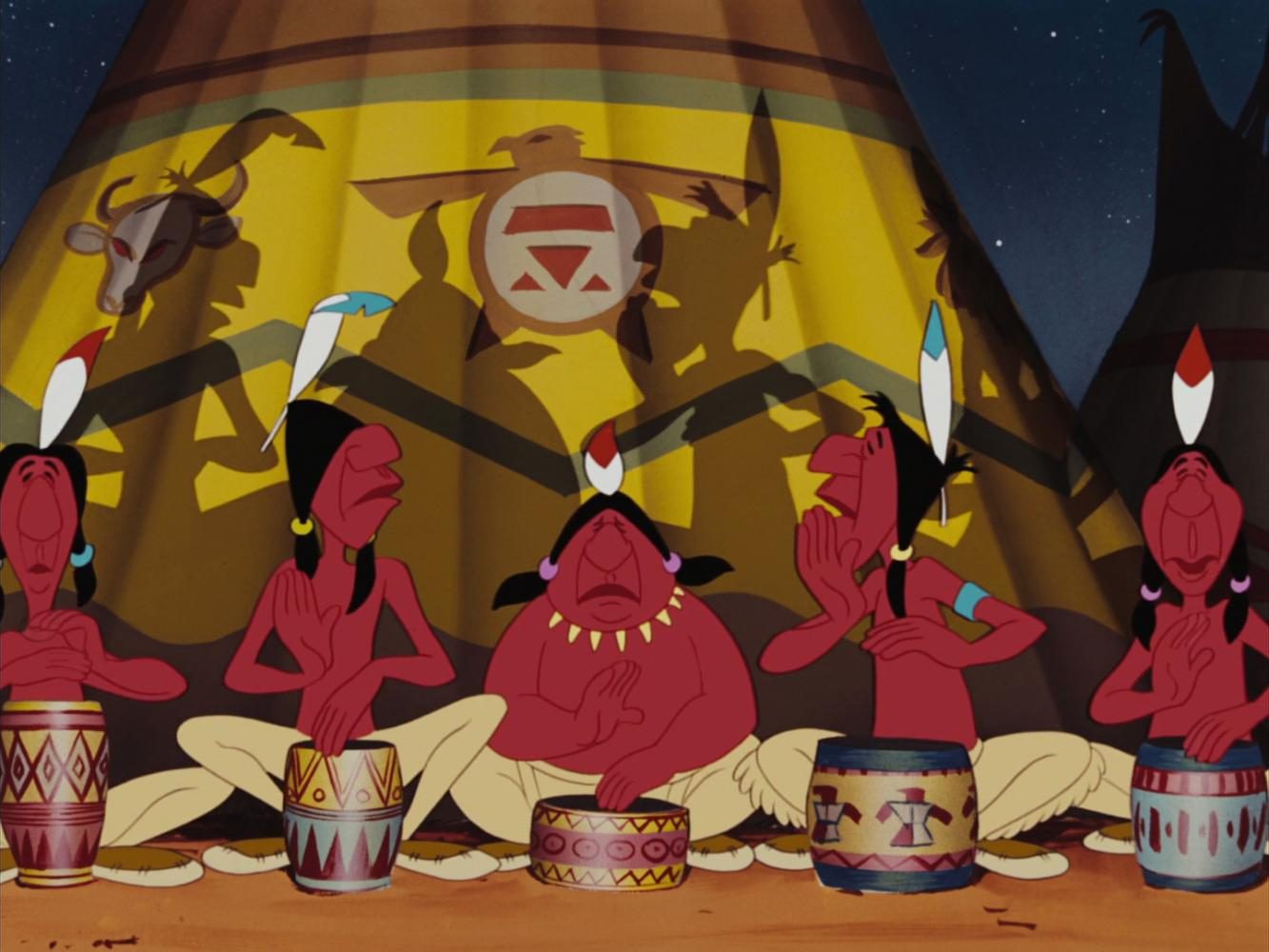photo courtesy by disney.wikia.com
Hollywood and the Native Warrior — an Evolving Story of Stereotypes and Misrepresentation
May 3, 2017
The symbol of the American Indian has long been popular in Hollywood films and television. From the bloodthirsty warriors to the modern hippie Indian of the 1960s and 1970s, American Indians have been a big staple of Hollywood films. For years, however, Hollywood had not allowed American Indian actors to represent themselves in any meaningful way.
Hollywood films have always misrepresented the image of the American Indian, and this has been a serious issue for American writers since the rise of popular 19th Century Western frontier literature. The depictions include the bloodthirsty warrior, beautiful maidens, all depicted in the wild and on the Indian reservations. The American Indians depicted in film and television are usually the Plains people of the Sioux.
Throughout the 1940s, 1950s and early 1960s, the image of the American Indian turned into a romanticized warrior and wild savage on the war path killing without mercy. Western films like “The Battle of Apache Pass” (1952) and “Comanche” (1956) are examples of the many films depicting American Indians in a negative matter.
From the silent era to modern day films and television, American Indians have been the topic of legends in Hollywood. They were always shown to be living in the past, living in teepees, silent, and warriors on the warpath.
The people of the Plains has always fascinated the world with their culture and the Lakota way of life is deeply rooted in the way Americans think of Indian people.
“Representations of Native Americans in popular film are as interesting as they are problematic: the subject remains somewhat static as the other, while the position of the producer of such texts—mainly the Euro-American majority—has undergone a drastic shift in the last five decades,” according to “Native American Identity in Popular Film, 1950-Present.”
When actor and director Kevin Costner’s Western film epic “Dances with Wolves” came to the big screen in 1990, it began a new era for American Indians and film. The story is of a Civil War soldier who develops a friendship with a band of Lakotas and becomes part of the tribe, and chooses to leave his former life be one of them.
With the success of “Dances with Wolves” the 1990s saw more and more demand of American Indians to be on the big screen. With the age of political correctness, American Indians were seen in a more positive manner.
According to Beverly R. Singer’s “Wiping the Warpaint Off the Lens, “The earliest stereotypes associating American Indians with being savage, naked, and heathen were established with the foundation of America and determined by two factors: religious intolerance for cultural and spiritual differences leading to the destruction of Native culture.”
Since then there has been more demand of authentic diverse stories of American Indian stories. Oral traditional stories have a strong connection to the past and it is a vital role in Native American culture.
For thousands of years American Indians saw oral traditional stories as part of their beginnings, a form of how they saw themselves in the world and a form of entertainment.
